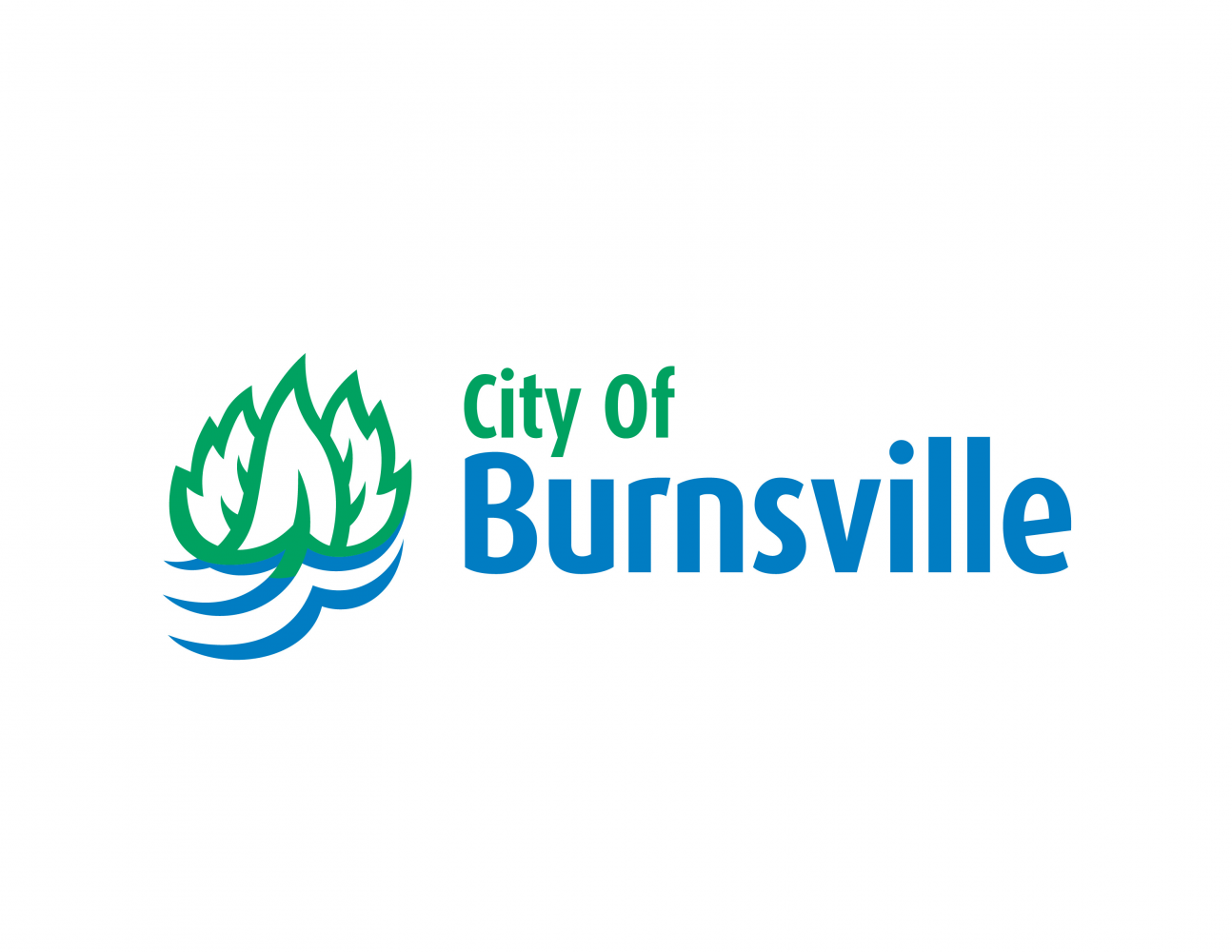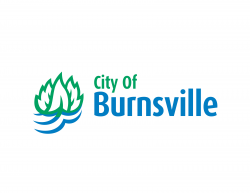City of Burnsville


Nestled in the rolling hills of Dakota County along the Minnesota River, the City of Burnsville, Minnesota serves as the southern gateway to the Twin Cities metropolitan area. Incorporated in 1964, Burnsville today is a mature, progressive city. Growth was spurred in large part by the location of two major freeways, Interstates 35W and 35E that intersect the City, providing easy access to the entire metropolitan area. Burnsville experienced rapid growth in the 1970s and 1980s, resulting in a blend of well-planned housing, educational and recreational facilities with a strong base of retail and commercial/industrial development. The Burnsville Center, a 1,225,000 square foot regional shopping center, anchors this retail activity. Today, Burnsville is at a turning point in its development.
No longer a rapidly growing suburb, the City is 98 percent developed. As a result, planning for the future will change focus from directing growth to managing redevelopment and neighborhood revitalization. The City actively pursues creative development/redevelopment ideas which can enhance the community and its tax base. An example is the Heart of City which creates a pedestrian city center.

Nestled in the rolling hills of Dakota County along the Minnesota River, the City of Burnsville, Minnesota serves as the southern gateway to the Twin Cities metropolitan area. Incorporated in 1964, Burnsville today is a mature, progressive city. Growth was spurred in large part by the location of two major freeways, Interstates 35W and 35E that intersect the City, providing easy access to the entire metropolitan area. Burnsville experienced rapid growth in the 1970s and 1980s, resulting in a blend of well-planned housing, educational and recreational facilities with a strong base of retail and commercial/industrial development. The Burnsville Center, a 1,225,000 square foot regional shopping center, anchors this retail activity. Today, Burnsville is at a turning point in its development.
No longer a rapidly growing suburb, the City is 98 percent developed. As a result, planning for the future will change focus from directing growth to managing redevelopment and neighborhood revitalization. The City actively pursues creative development/redevelopment ideas which can enhance the community and its tax base. An example is the Heart of City which creates a pedestrian city center.